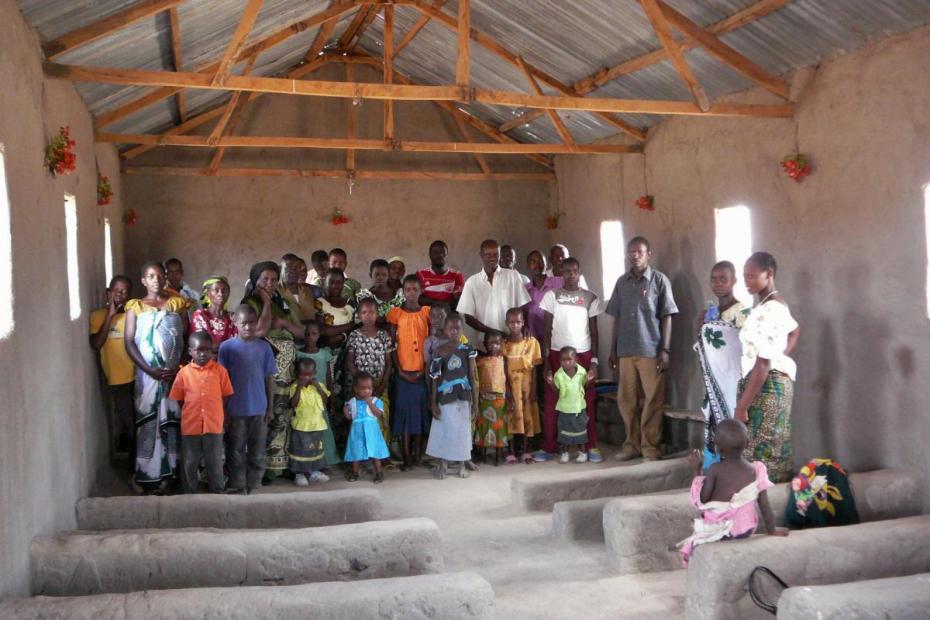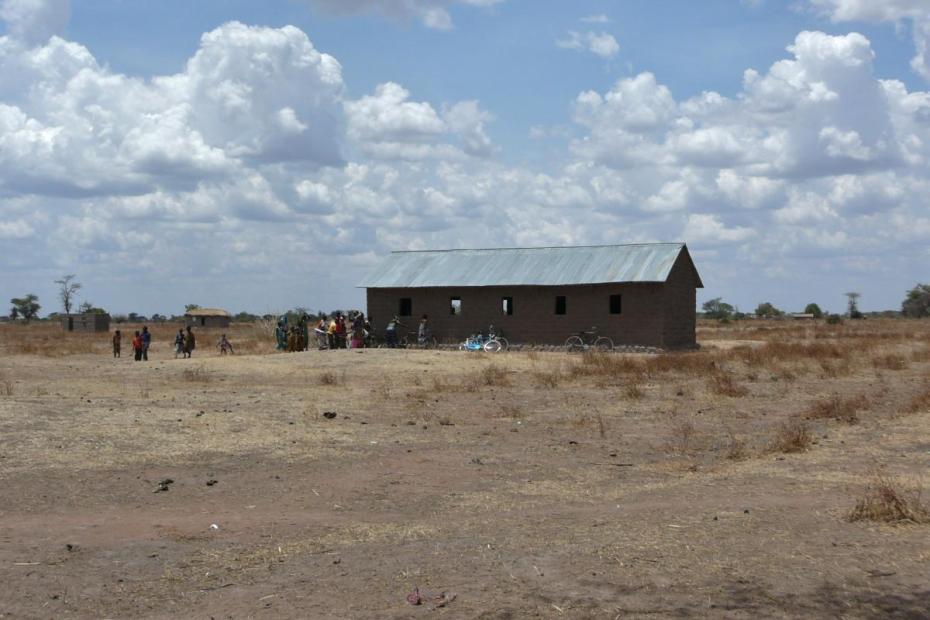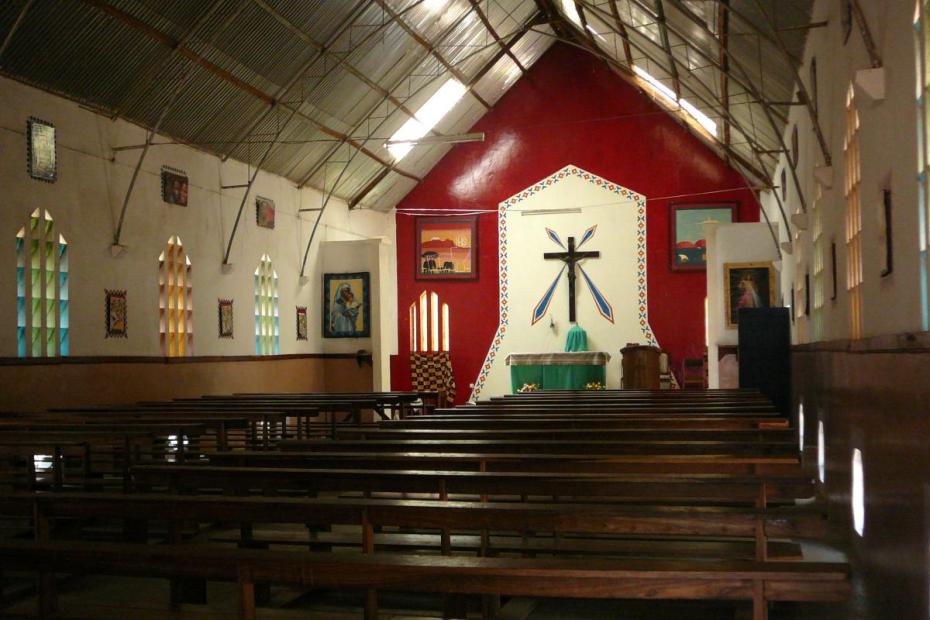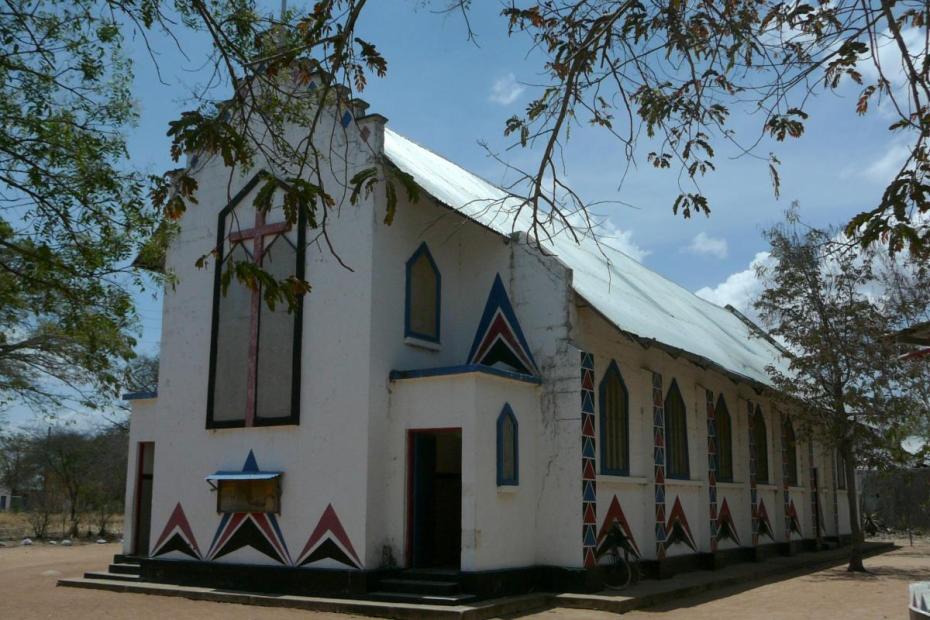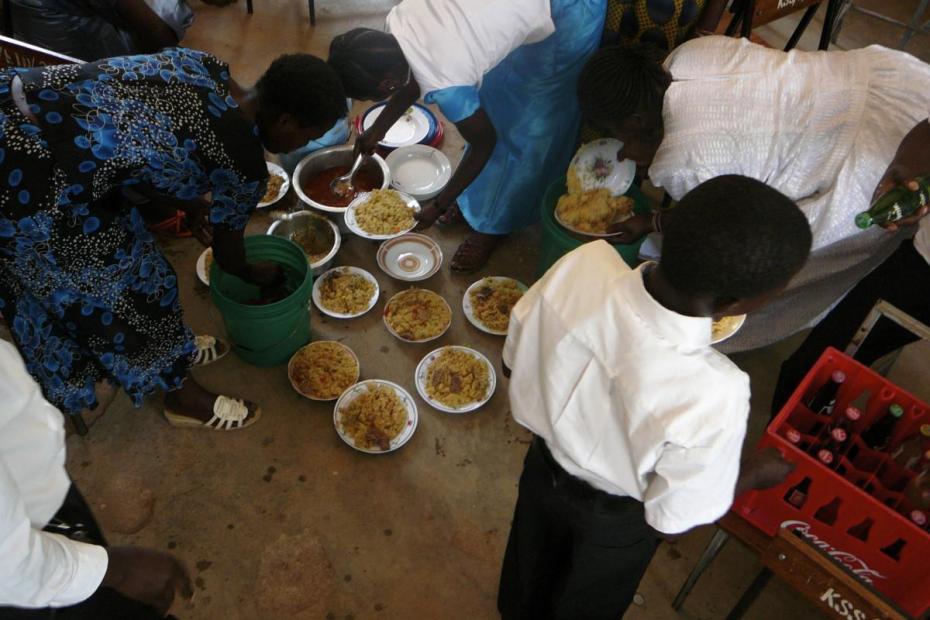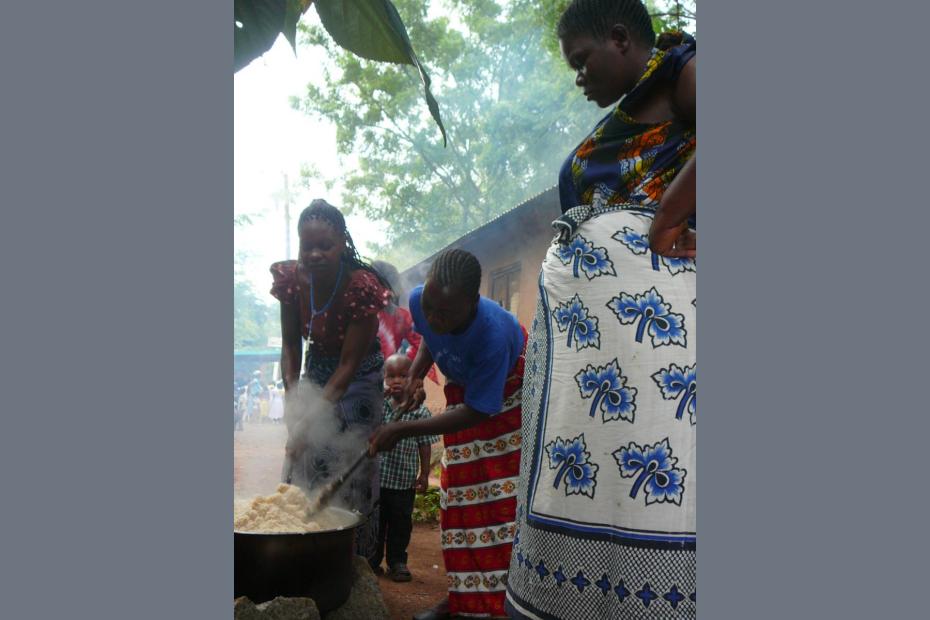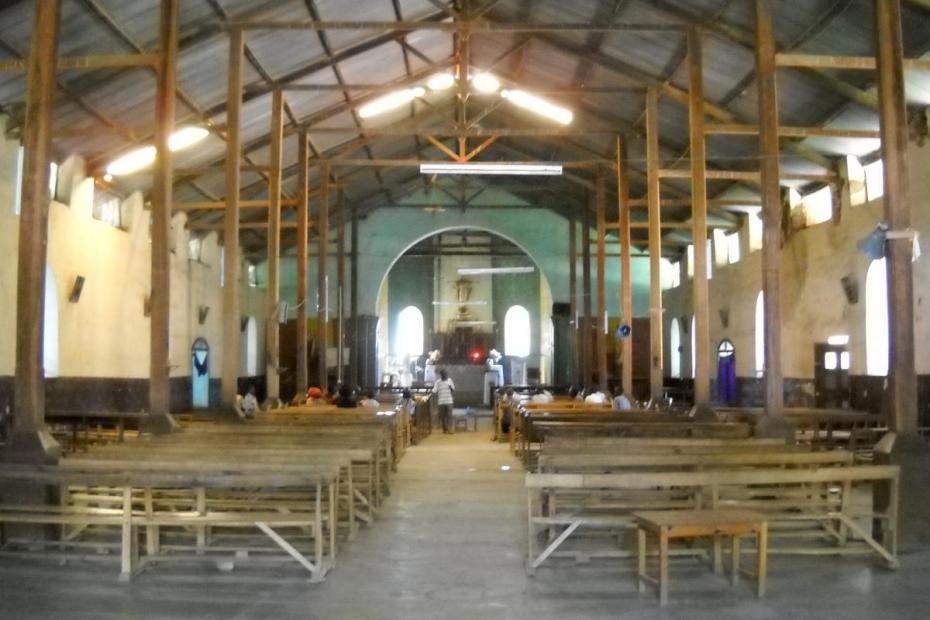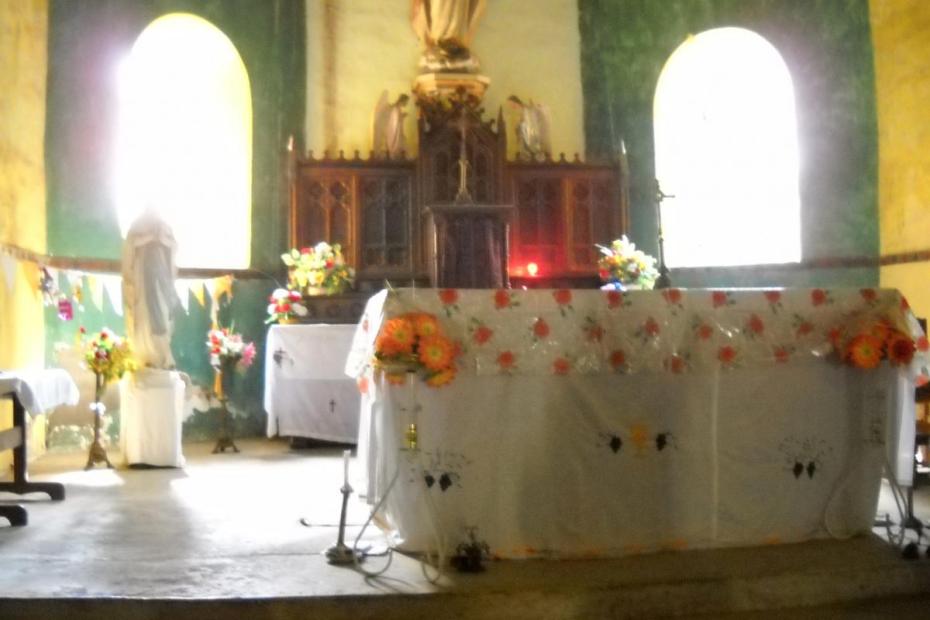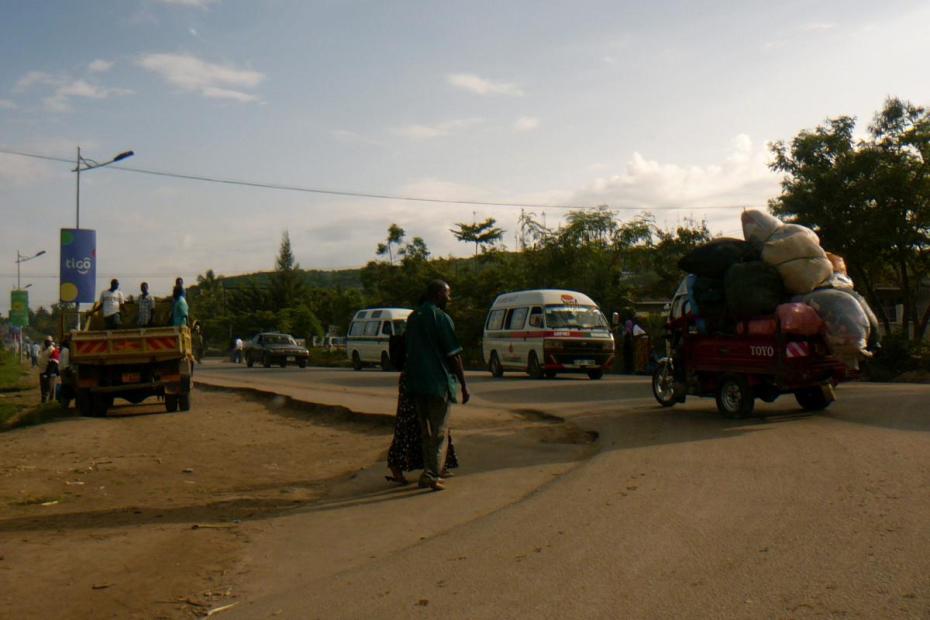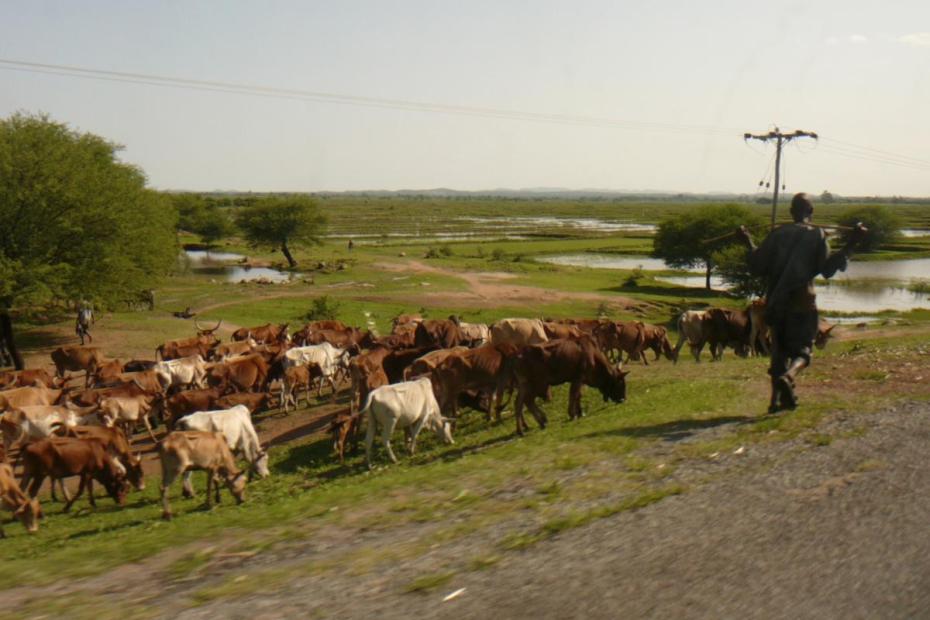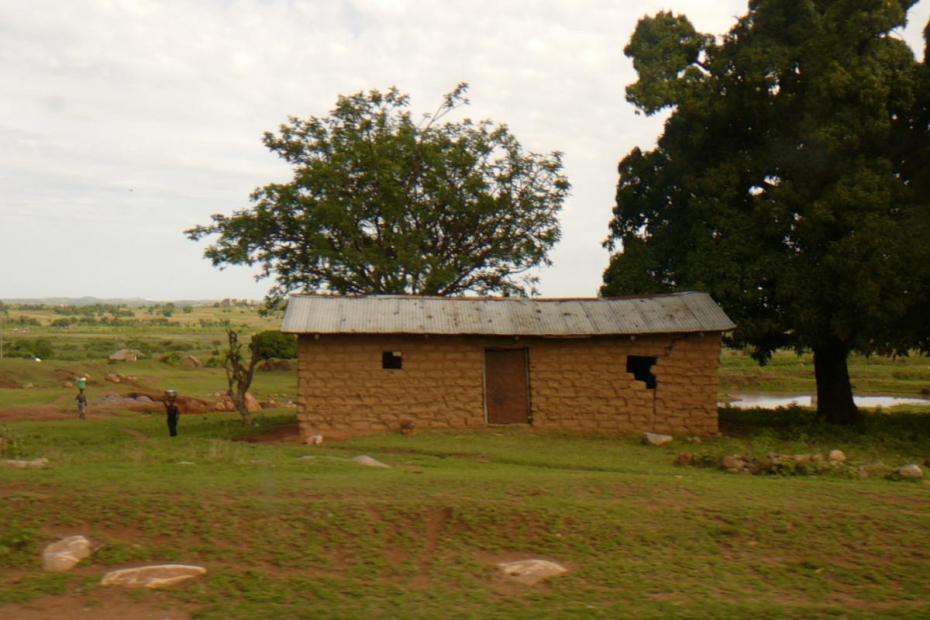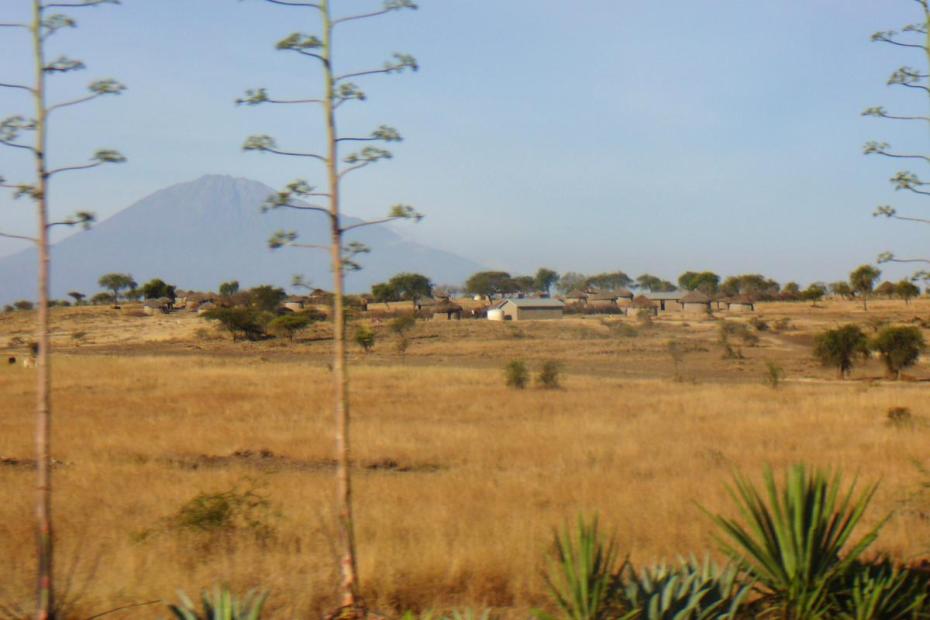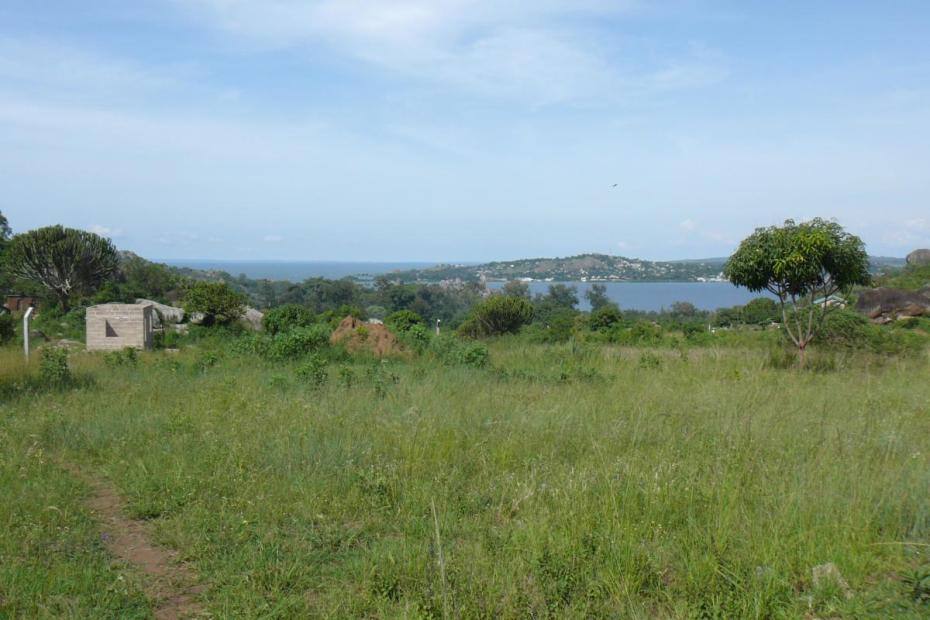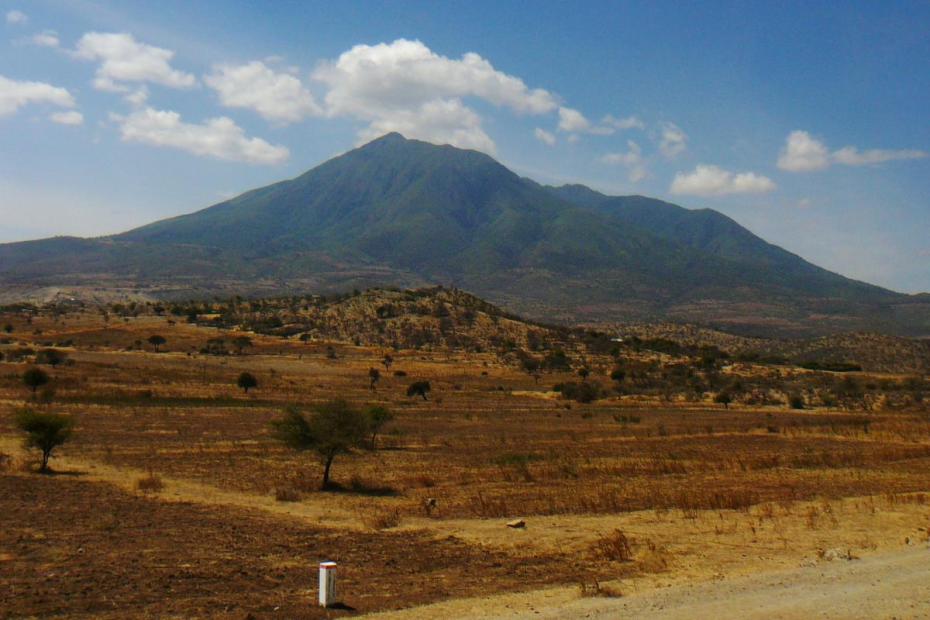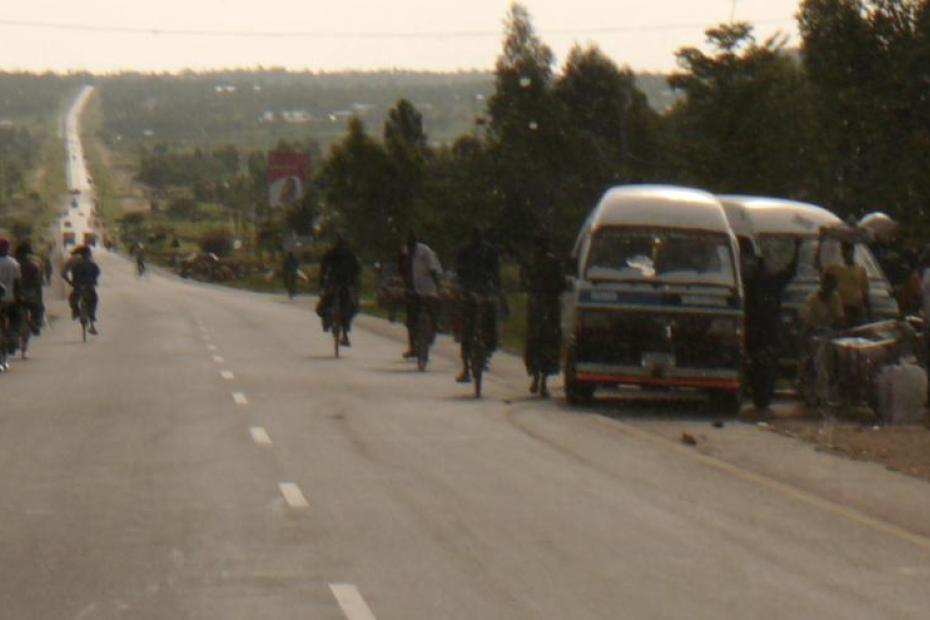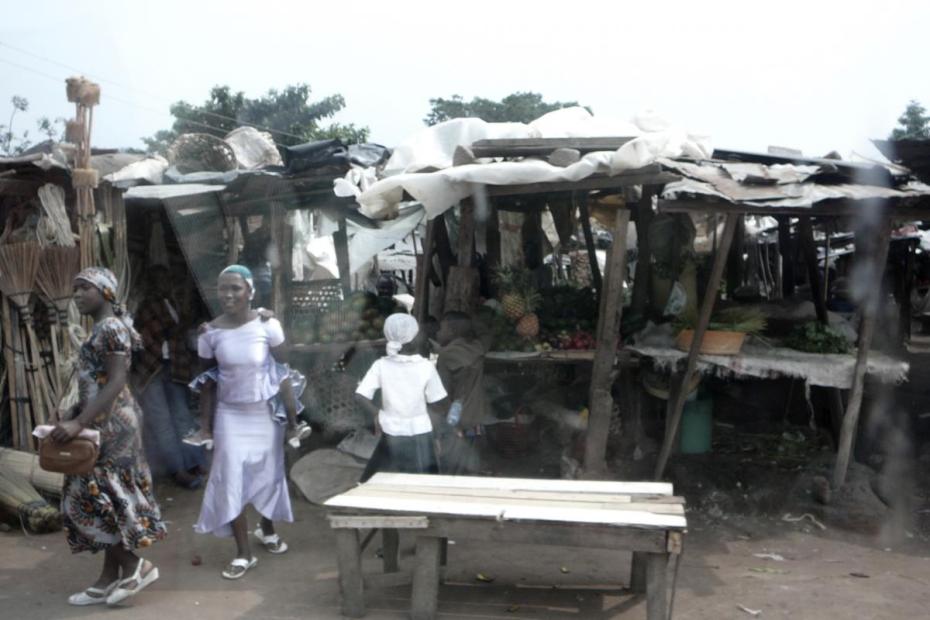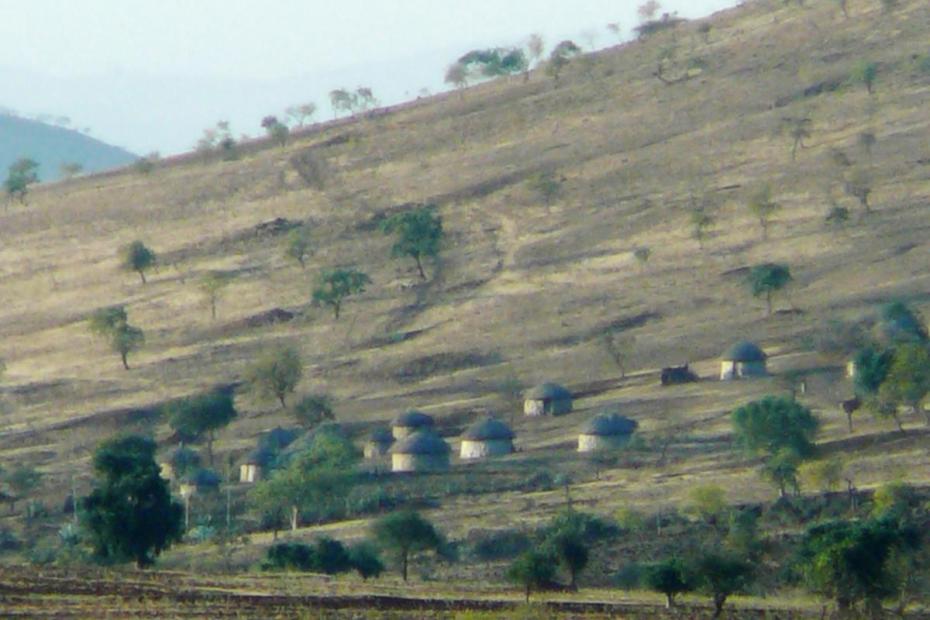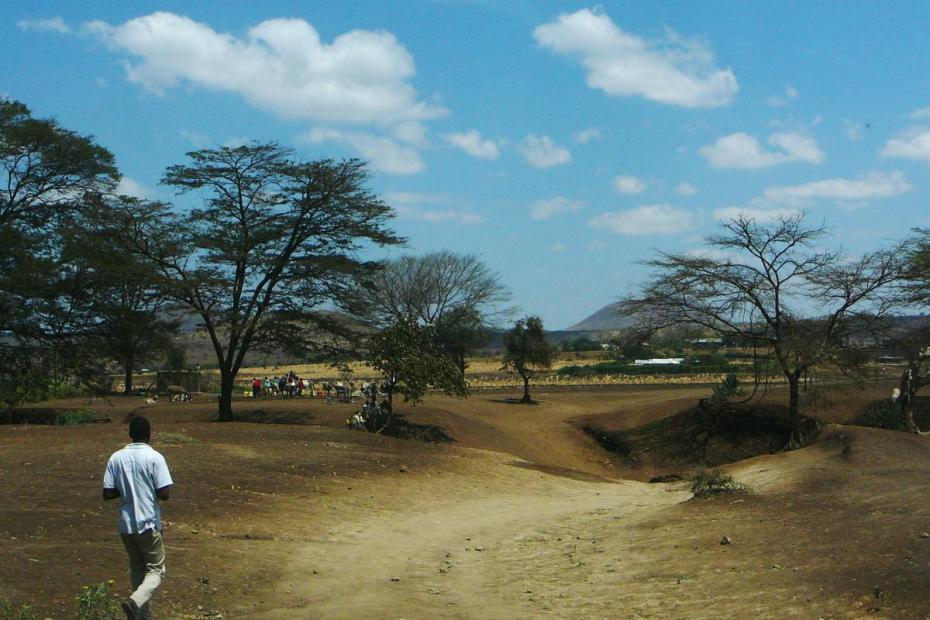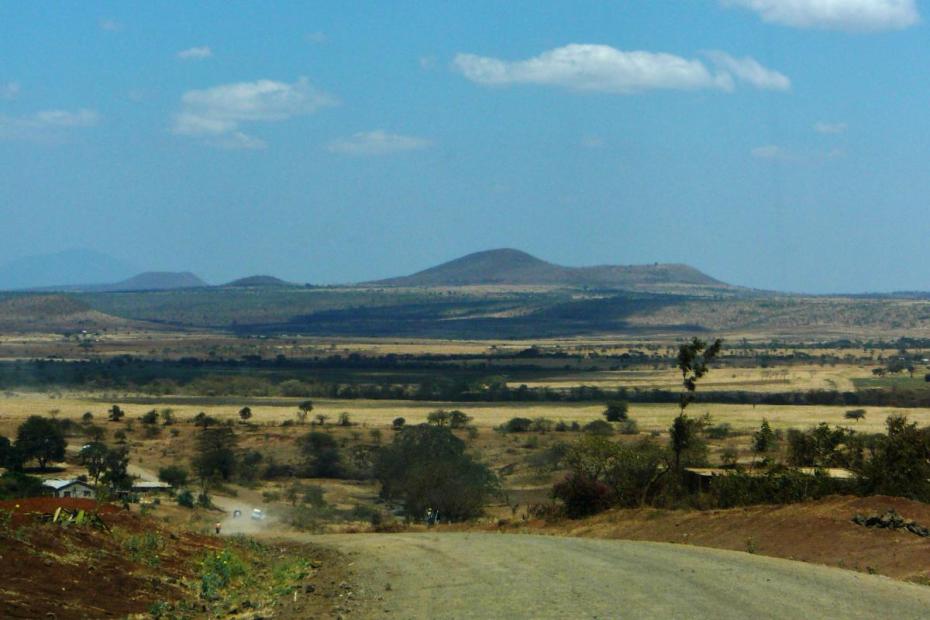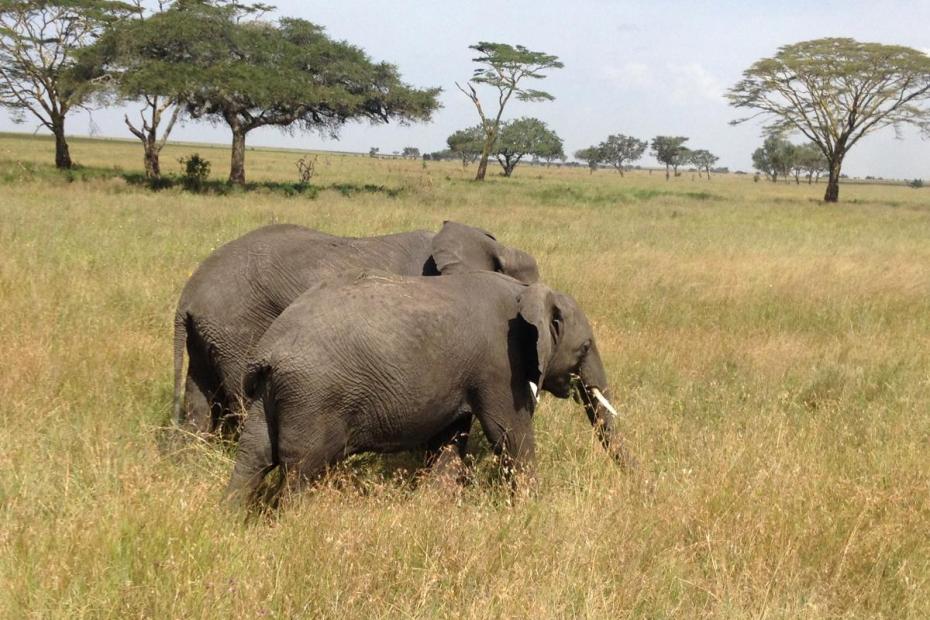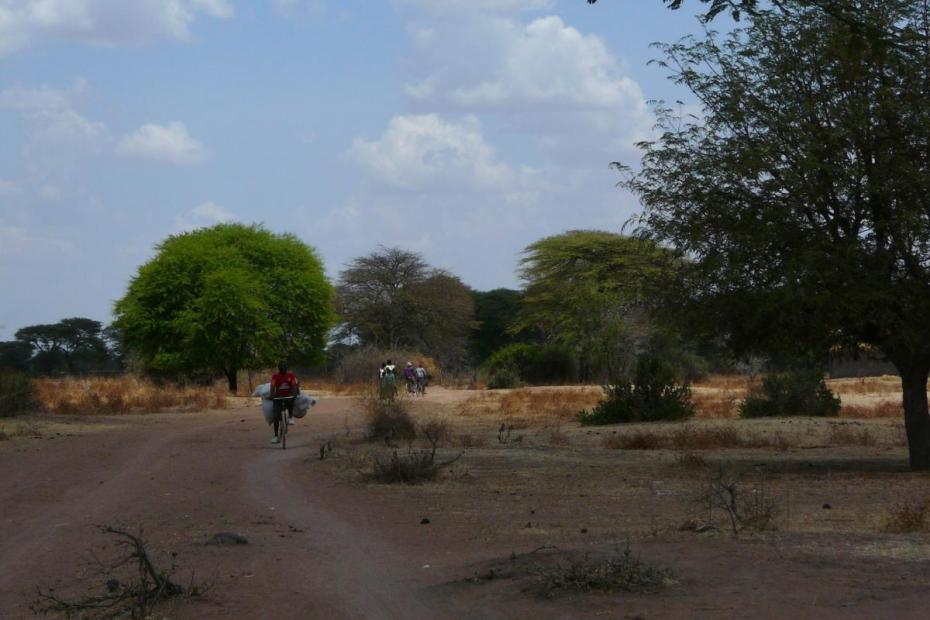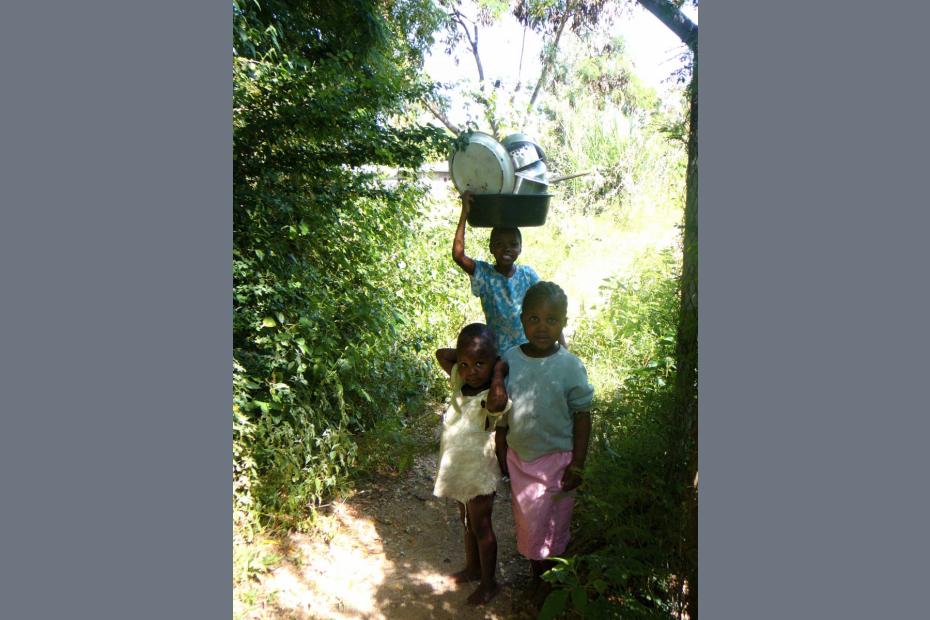Home to Serengeti National Park, Ngorongoro Crater, Zanzibar, and Mt. Kilimanjaro, Tanzania is one of the premier tourism destinations in East Africa. While these famous tourist attractions are at the forefront of foreign attention, an incredible but overlooked aspect of Tanzania is that it peacefully hosts more than 120 different tribes, which has resulted in a unique blend of all aspects of life from food to language to tradition. Even time seems to converge with the ancient Maasai culture juxtaposed with modern day city life. Undergirding all of the cultural varieties found in Tanzania is an incredible religious dynamism and spiritual energy. The Catholic Church is a notable part of this diverse religious landscape.
As in much of Africa, Catholicism in Tanzania has a sizeable if not dominant status. Approximately 30% of the Tanzanian population identifies as Catholic, making it the largest Christian church in the country. Catholics coexist and at times compete with their religious brethren from a variety of Christian traditions, including historic Lutheran and Anglican mission churches as well as burgeoning Pentecostal churches. Catholics also practice their faith in the midst of a large number of other believers; Tanzania has some of the largest populations of Muslims and practitioners of traditional religion in East Africa.
Catholic missions first arrived in Tanzania in the 1860s and 1870s, beginning on the Indian Ocean coast and the southern end of Lake Victoria and gradually spreading inland. A variety of Catholic missionary congregations dedicated to Africa laid roots in Tanzania, including the Holy Ghost Fathers (Spiritans), the Missionaries of Africa (White Fathers), and the Society of African Missions (SMA). The indigenization of the clergy accelerated after World War II, and Tanzania gave the Catholic world its first African cardinal in 1961 in the person of Mgr. Laurean Rugambwa (1912-1997).
However, the most famous Catholic in Tanzanian history is a politician rather than a churchman: Baba Julius “Mwalimu” Nyerere (1922-1999), father of the nation and the first president of independent Tanzania. A regular churchgoer strongly shaped by Catholic social thought, Nyerere was notable for his personal religious devotion as well as for his commitment to depoliticizing religion in Tanzanian public life. Many have credited Nyerere for forming a cohesive nation out of Tanzania’s multitude of ethnic groups, and Tanzania has been a model of political peace and social stability in postcolonial Africa.
The heart of Catholic life in Tanzania lies in the “jumuiya,” Small Christian Communities (SCCs) that meet weekly in the homes of lay Catholics. In the 1960s, “jumuiya” began in the Diocese of Musoma in northern Tanzania as part of a broader East African embrace of what local leaders describe as the “the church on the move.” There are now nearly 90,000 SCCs across East Africa. SCCs have helped transform the Tanzanian church from a mission-station ecclesiology to a more grassroots, physically accessible, lay-led church.
Catholic worship in Tanzania reflects both the universality of the Mass and the local dynamism of African spirituality. Many Tanzanians worship in the national language of Kiswahili, although in rural areas the Mass may also be celebrated in the local tribal language. Inculturation during Mass is further expressed through music. Participating in a Tanzanian choir is a full-bodied experience with rhythmic swaying, clapping, dancing, and high-pitched cries echoing through the rafters. Feast day processions remain popular, and charismatic practices have made inroads in recent years, reflecting the broader boom in Pentecostal spirituality throughout the African continent.
As in much of Africa, the Catholic Church is a major player in the provision of education, medical and other social services. Over 120,000 Tanzanians study in Catholic secondary schools, including several of the best high schools in the country. Headquartered in Mwanza, the St. Augustine University Tanzania (SAUT) network has become one of the largest higher education providers in the country. Catholic hospitals, clinics, and dispensaries are dispersed across Tanzania’s cities and its vast rural areas. The Church has also played a large role in HIV-AIDS treatment and counseling efforts; Tanzania was badly hit by the AIDS epidemic in the 1990s, and 5% of the population is infected today. Catholic ministries such as PASADA (Pastoral Activities and Services for People with AIDS) in the Dar es-Salaam Archdiocese and Shaloom Care House in Mwanza provide testing, treatment, counseling and support for thousands of Tanzanians every year.
The religious landscape in Tanzania has always been diverse and dynamic, but the Catholic Church faces new and at times hostile currents of this pluralism in the 21st century. In addition to often-aggressive Pentecostal proselytizing, Tanzania has also been part of the worldwide Islamic revival over the past 30 years. Historically Muslim-Christian relations in Tanzania have been amicable, but hostilities have grown since the 1990s, especially in Muslim-dominated Zanzibar. There are also concerns that Nyerere’s model of embracing religious pluralism and a secular public space may be giving way to a more overt politicization of religion.
Christians, Muslims and adherents to traditional religion each have comprised around one-third of Tanzania’s population. The number of Christians has risen more rapidly during the past 50 years, often drawing from the ranks of indigenous religious practitioners. Muslims dominate Zanzibar and the eastern third of mainland Tanzania, while Christians are more common in western and northern Tanzania. Catholics have especially large populations in the northern lakes districts around Lake Victoria.
Inter-religious relations between Catholics and Muslims have generally been harmonious (and far more positive than Muslim-Pentecostal relations, for example). People are generally friendly with one another regardless of religious practices. At times, however, divisions between Muslims and Catholics do rear up. In 2013, for example, there was a movement among the Islamic population demanding that all meat must be butchered halal. In protest, Catholic leaders encouraged their congregations to strike against buying meat unless the butcher was known to refuse halal butchering practices.
Violent incidents in recent years have instigated fear that religious identity politics is entering into Tanzania’s public space. Most of the violence began in Zanzibar. These violent acts are in part due to religious tensions, but they also stem from Zanzibar’s historical desire to be independent. Unfortunately, some of these tensions have spilled onto mainland Tanzania and have intermittently spread west. While some limited violence does spring up, overall Tanzania remains a model for a kind of “lived ecumenism,” encouraging the diverse practice of a wide variety of religious faiths.
Read more
Mbogoni, Lawrence E.Y. The Cross versus the Crescent: Religion and Politics in Tanzania from the 1880s to the 1990s (Dar es Salaam: Mkuki na Nyota Publishers, 2005).
Pouwels, Randall L. “The East African Coast c. 780-1900 CE,” in The History of Islam in Africa, eds. Nehemia Levtzion and Randall L. Pouwels, 251-71 (Athens, OH: Ohio University Press, 2001).
